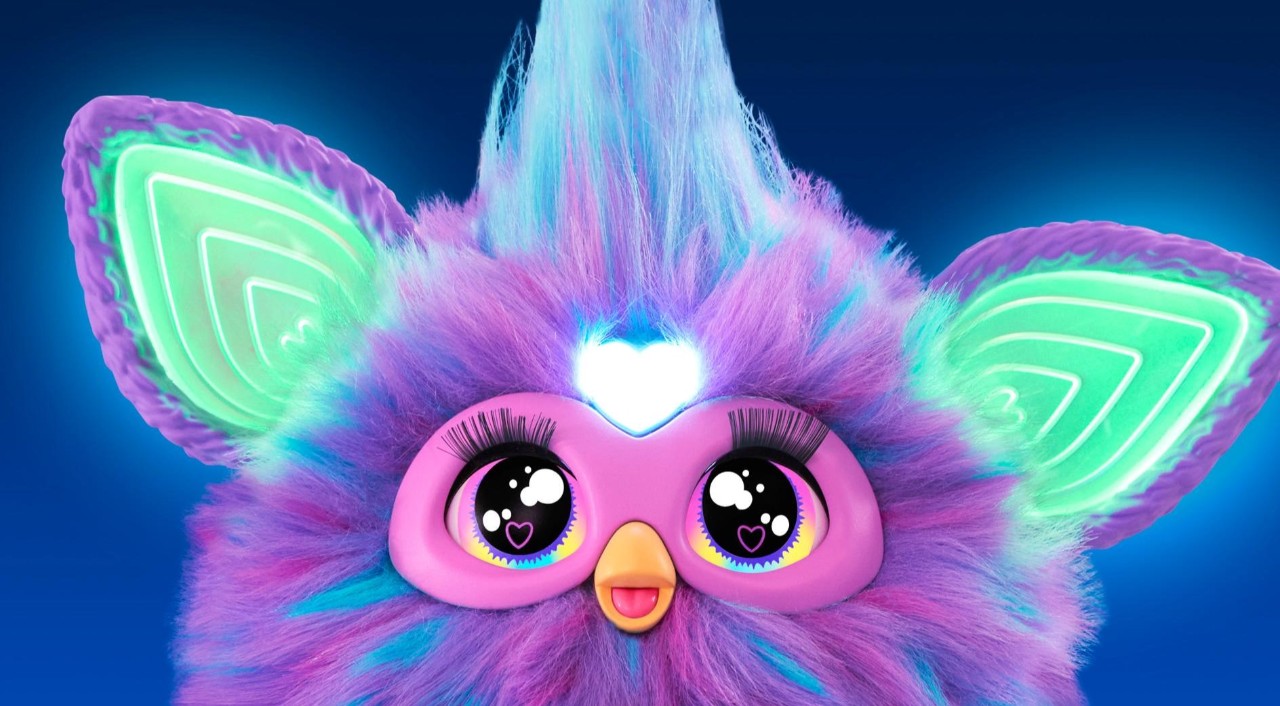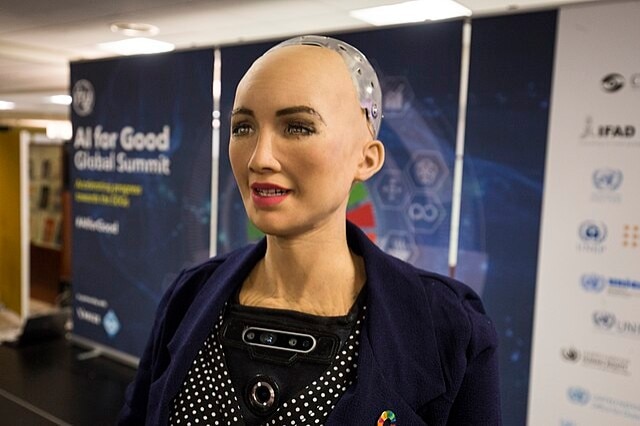Like Pygmalion breathing life into his marble statue or Rabbi Loew shaping the Golem from clay to protect his people, humanity has long dreamed of imbuing machines or artificial creations with consciousness, intelligence, and perhaps even the glimpse of a "soul."
This fundamental human ambition has manifested itself across centuries in various forms, from Hero of Alexandria's ingenious automata to the mechanical marvels of the Enlightenment era, like Vaucanson's digesting duck. Even the infamous Mechanical Turk, ultimately revealed as an elaborate hoax, captured the zeitgeist of an era when the possibility of a machine with human-like intelligence and sentience seemed like another attainable achievement of the human unbridled intellect.

Literature and cinema have persistently explored this theme, often delivering stories that doubled as awe-inspiring drama and cautionary tales about our innate hubris. Mary Shelley's Frankenstein (1818), inspired by the myth of Prometheus stealing fire, can also be seen as a warning about the risks of creating artificial life. One century later, the theme was explored again in Karel Čapek's Rossumovi Univerzální Roboti or R.U.R. (Rossum's Universal Robots), the play that gave us the word "robot."
When Stanley Kubrick introduced HAL 9000 in "2001: A Space Odyssey," in the late sixties, the theme incorporated the symbolism of the space age, yet the fundamental archetypes he touched upon didn't change. Kubrick created the most memorable portrayal of artificial intelligence gone rogue, one we constantly refer to this day, capturing both the promise and peril of creating machines that think and feel thoughts and feelings of their own.
The real-life technological journey, however, has been more nuanced than fiction suggested. ELIZA's simple yet convincing conversation capabilities were a sensation when the chatbot was released in the sixties, and so was Stanford's Shakey, a moving robot capable of "reasoning" about its actions and decisions. Despite all of the best scientific efforts, the promise of artificial intelligence research wasn't delivered quickly enough.
These unmet expectations (and a flurry of overinflated promises) led to what is commonly known as AI Winter, three decades that lasted until the end of the century during which funding, interest, and research in artificial intelligence dramatically decreased.
Mary Shelley’s Frankenstein, inspired by the myth of Prometheus stealing fire, can also be seen as a warning about the risks of creating artificial life.
Even Deep Blue's chess mastery breakthrough in the late nineties was an isolated success, based more on brute force computation and chess heuristics, rather than actual AI. The first sign of a concrete AI Winter thawing only came with the confluence of internet-based big data collection, improved computing power, and breakthroughs in machine learning and neural networks during the early 2010s. This new approach to AI, which focuses on learning from vast amounts of data rather than following pre-programmed rules, would prove revolutionary, rekindling our millennia-long obsession with inflating conscience and intelligence in machines.
When DeepMind's AlphaGo defeated Lee Sedol in a historic match of Go in 2016 thanks to the power of its deep learning algorithm, the Korean champion described his experience as playing against "someone from a completely different planet." This was a crucial insight: machine intelligence might not mirror human cognition but rather complement it or surpass it in fundamentally unexpected ways.
Today, as language models and A.I. systems become increasingly sophisticated, we find ourselves at a fascinating juncture where science seems to finally be able to catch up with centuries of imagination and science fiction.
In our gallery, we compiled a chronological collection to trace our innate obsession with non-human and machine intelligence through key moments, inventions, and breakthroughs. Each entry represents a step in humanity's persistent quest to create intelligence outside of biological evolution, whether scientific or purely fictional. While absolutely not exhaustive, our timeline tries to capture the essential narrative of how we've pursued artificial and machine intelligence across the centuries.

FADE Family is the new approach to outdoor living
The latest addition to the PLUST Collection is a line of furniture inspired by the texture of white stone, which illuminates as evening falls.






























